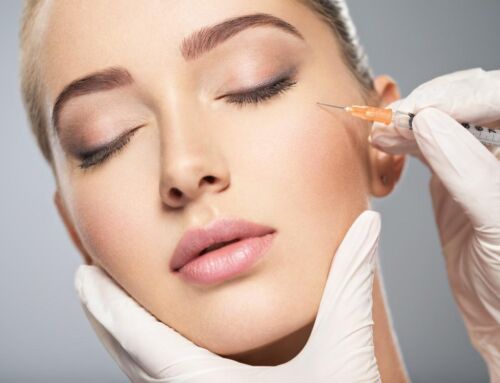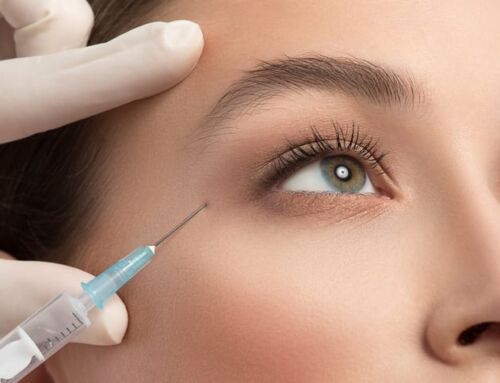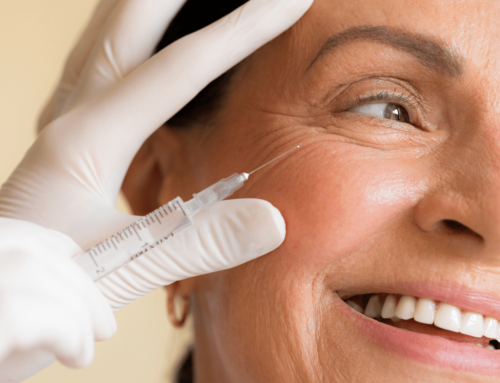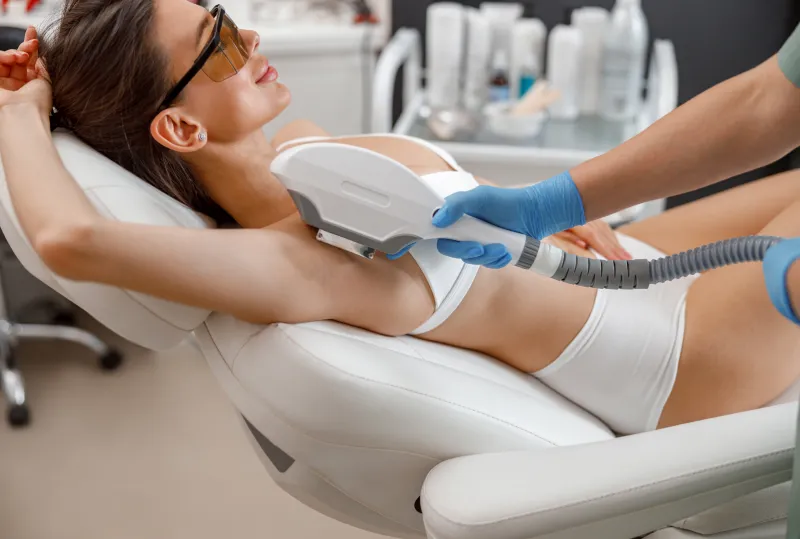Unveiling its Therapeutic Potential Beyond Cosmetic Use
Introduction:
While Botox is commonly known for its cosmetic applications, its medical uses extend far beyond wrinkle reduction. In this essay, we will explore the diverse medical applications of Botox, highlighting its therapeutic potential in various fields of medicine. Understanding the wide-ranging benefits of Botox beyond its cosmetic use sheds light on its immense value as a medical treatment.
Botox as a Game-Changing Therapeutic Intervention
Botox has revolutionized the treatment of muscle disorders, such as dystonia, spasticity, and cervical dystonia (neck spasms). By injecting Botox into overactive or spasmodic muscles, it effectively reduces muscle contractions and brings relief to individuals suffering from these conditions. Analyzing the impact of Botox on muscle disorders provides insights into its transformative potential in improving quality of life.
Botox as a Preventive Treatment
Botox has emerged as a preventive treatment for chronic migraines, offering relief from debilitating headache episodes. By injecting Botox into specific sites around the head and neck, it helps minimize the frequency and severity of migraines. Evaluating the effectiveness of Botox in migraine management highlights its role as a valuable therapeutic option for individuals seeking long-term relief.
Botox as a Convenient Solution
Botox provides a minimally invasive solution for treating overactive bladder (OAB), a condition characterized by a sudden and urgent need to urinate. By injecting Botox into the bladder muscle, it helps relax the overactive contractions and restores bladder control. Examining the use of Botox in OAB sheds light on its potential for managing other urological conditions.
Botox as a Life-Changing Treatment for Excessive Sweating
Excessive sweating, also known as hyperhidrosis, can greatly impact an individual’s quality of life. Botox injections in the affected areas help inhibit sweat gland activity and effectively reduce excessive sweating. Investigating the use of Botox in managing hyperhidrosis unveils its transformative potential in addressing this often-debilitating condition.
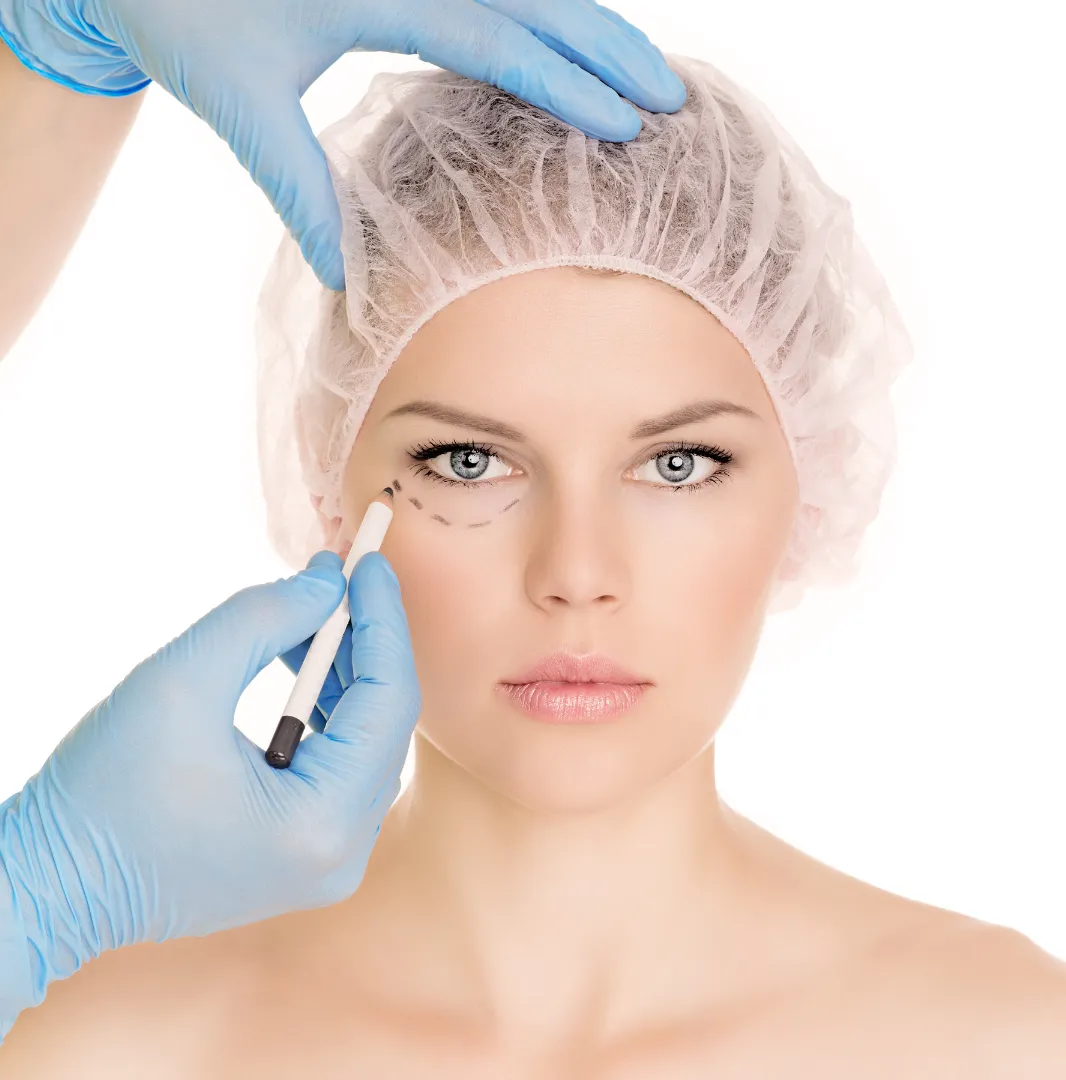
Botox’s Role in Ophthalmology
Botox finds applications in ophthalmology for the treatment of certain eye disorders, such as strabismus (crossed eyes) and blepharospasm (eyelid spasms). By injecting Botox into specific eye muscles, it can selectively weaken or relax the muscles, correcting alignment issues or reducing spasms. Understanding the therapeutic role of Botox in eye disorders reveals its importance in optimizing visual function.
Botox as a Non-Surgical Treatment
Temporomandibular joint disorder (TMJ) can cause jaw pain and dysfunction. Botox injections into the jaw muscles help relax them, alleviating pain and reducing symptoms associated with TMJ. Analyzing the use of Botox as a non-surgical treatment for TMJ sheds light on its potential for managing and improving oral health conditions.
Conclusion:
Botox’s medical applications go far beyond its cosmetic use, offering therapeutic benefits in various fields of medicine. By addressing muscle disorders, migraines, overactive bladder, hyperhidrosis, eye disorders, and temporomandibular joint disorder, Botox has empowered healthcare professionals to provide effective treatments and improve patients’ quality of life. Understanding the diverse medical applications of Botox unveils its therapeutic potential and heralds a new era of non-surgical interventions in medicine.

